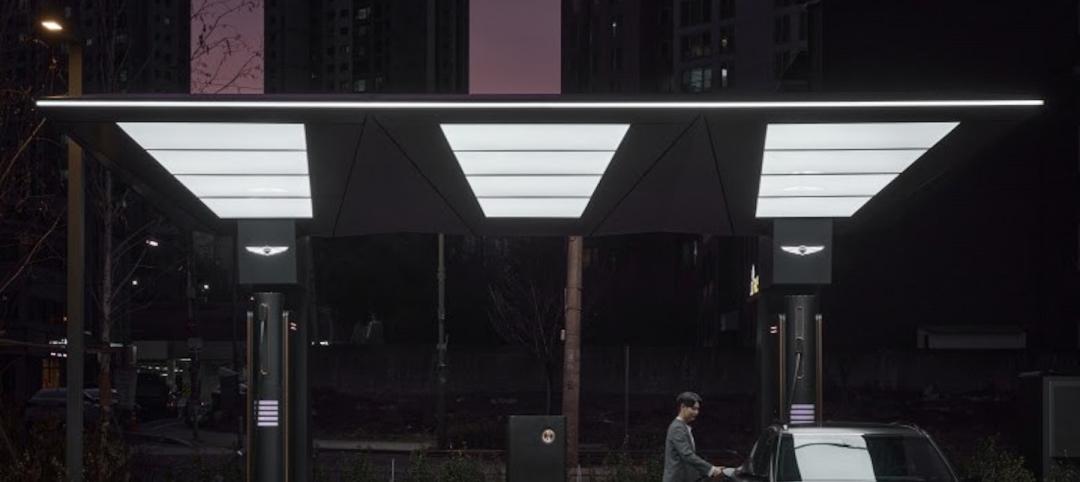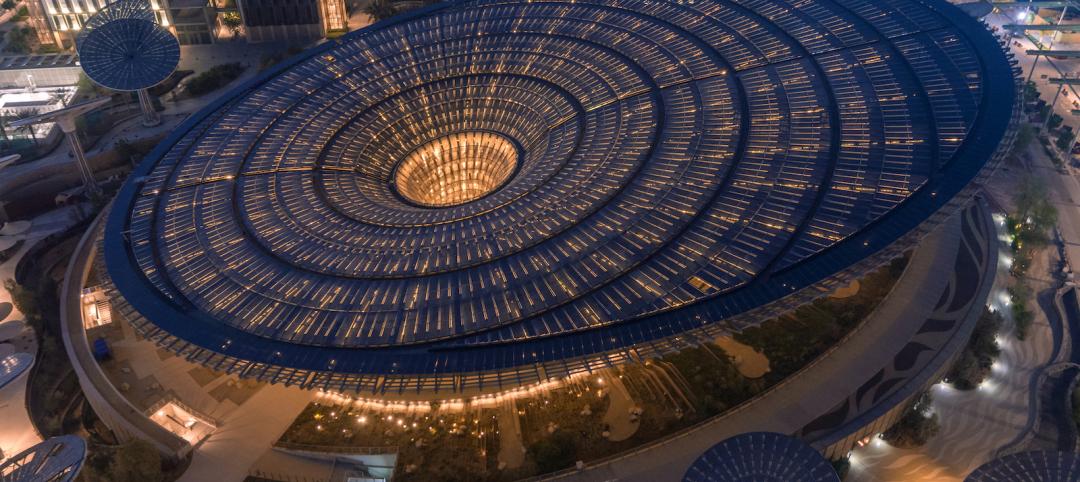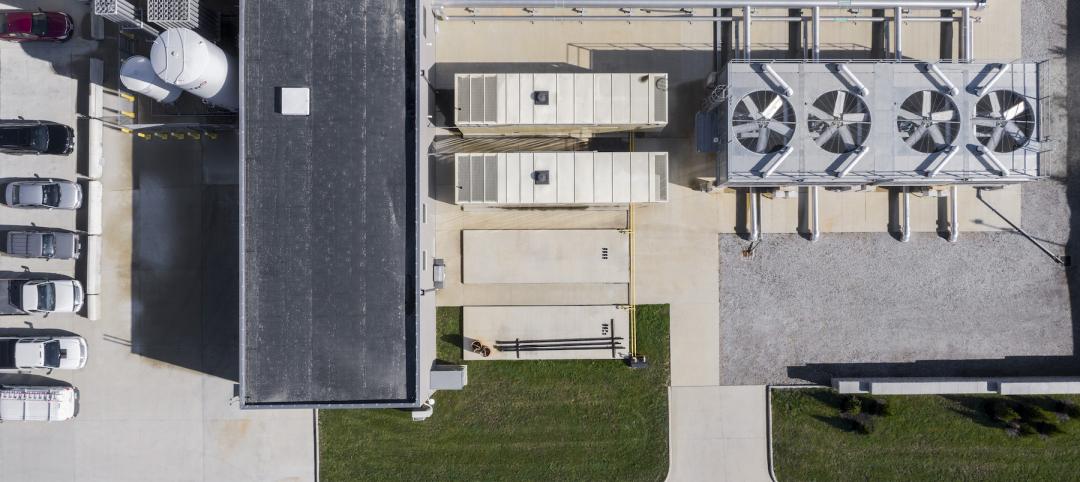Artificial intelligence doesn’t always get the best wrap. From fictional takes on the technology such as Skynet, from The Terminator series, destroying the world and Westworld’s new foreboding take on AI, to Stephen Hawking’s very real warning that artificial intelligence could end mankind, AI certainly doesn’t get as much love as other novel forms of technology like augmented reality or drones.
That doesn’t mean, however, AI isn’t currently being used for very useful applications. For example, a software firm based in Milan, Italy has been attempting to use machine learning algorithms to help buildings predict when their critical systems are about to fail.
According to newscientist.com, CGnal recently analyzed a year’s worth of data, such as temperature, humidity, and electrical use, from heating and ventilation units in an Italian hospital. The data related to appliances in operating theaters, first aid rooms, and corridors.
The firm then trained a machine learning algorithm on data from the first half of 2015 and looked for differences in the readings of similar appliances. When it was tested on data from the second half of the year, the system predicted 76 out of 124 real faults, including 41 out of 44 where an appliance’s temperature rose above tolerable levels, with a false positive rate of 5%, newscientist.com reports.
Augury, a start-up based in the United States, is also experimenting with machine learning. The company uses acoustic sensors that they install in machines to listen for audible changes in function in order to achieve the same result of predictive monitoring. So far, Augury has used the technology to diagnose machines in facilities such as hospitals, power plants, data centers, and a university campus.
By predicting these issues before they occur, facilities could be fixed before a crash ever occurs, saving time and money.
Related Stories
Concrete Technology | Apr 19, 2022
SGH’s Applied Science & Research Center achieves ISO 17025 accreditation for concrete testing procedures
Simpson Gumpertz & Heger’s (SGH) Applied Science & Research Center recently received ISO/IEC17025 accreditation from the American Association for Laboratory Accreditation (A2LA) for several concrete testing methods.
Sponsored | BD+C University Course | Apr 19, 2022
Multi-story building systems and selection criteria
This course outlines the attributes, functions, benefits, limits, and acoustic qualities of composite deck slabs. It reviews the three primary types of composite systems that represent the full range of long-span composite floor systems and examines the criteria for their selection, design, and engineering.
Wood | Apr 13, 2022
Mass timber: Multifamily’s next big building system
Mass timber construction experts offer advice on how to use prefabricated wood systems to help you reach for the heights with your next apartment or condominium project.
AEC Tech | Apr 13, 2022
Morphosis designs EV charging station for automaker Genesis
LA-based design and architecture firm Morphosis has partnered with automotive luxury brand Genesis to bring their signature brand and styling, attention-to-detail, and seamless customer experience to the design of Electric Vehicle Charging (EVC) Stations.
AEC Tech | Apr 13, 2022
A robot automates elevator installation
Schindler—which manufactures and installs elevators, escalators, and moving walkways—has created a robot called R.I.S.E. (robotic installation system for elevators) to help install lifts in high-rise buildings.
Modular Building | Mar 31, 2022
Rick Murdock’s dream multifamily housing factory
Modular housing leader Rick Murdock had a vision: Why not use robotic systems to automate the production of affordable modular housing? Now that vision is a reality.
Building Technology | Feb 28, 2022
BIPV and solar technology is making its mark in the industry
Increasingly, building teams are comparing the use of building-integrated photovoltaic (BIPV) systems for façades, roofs, and other architectural assemblies with a promising and much easier alternative: conventional solar panel arrays, either on their building or off-site, to supplement their resiliency and decarbonization efforts
M/E/P Systems | Jan 27, 2022
Top 5 building HVAC system problems and how to fix them
When your HVAC system was new, it was designed to keep the indoor environment comfortable, functional, and safe. Over time, that system can drift out of alignment, leading to wasted resources, excessive energy consumption, and reduced occupant comfort.
Sponsored | Voice of the Brand | Jan 27, 2022
A Modern Approach to Labor in the Construction Industry
The COVID-19 pandemic disrupted and reshaped norms in the workforce and the ongoing labor shortage can be felt in every industry. Innovations to go faster, maintain safety, minimize learning curves, and drive down costs are becoming imperatives for companies to stay competitive in the construction industry.
Sponsored | Reconstruction & Renovation | Jan 25, 2022
Concrete buildings: Effective solutions for restorations and major repairs
Architectural concrete as we know it today was invented in the 19th century. It reached new heights in the U.S. after World War II when mid-century modernism was in vogue, following in the footsteps of a European aesthetic that expressed structure and permanent surfaces through this exposed material. Concrete was treated as a monolithic miracle, waterproof and structurally and visually versatile.
















